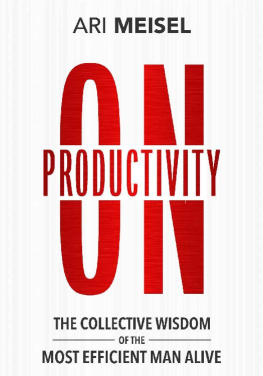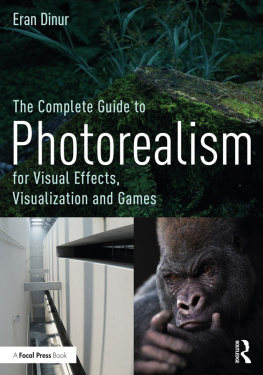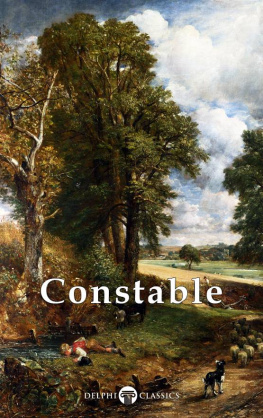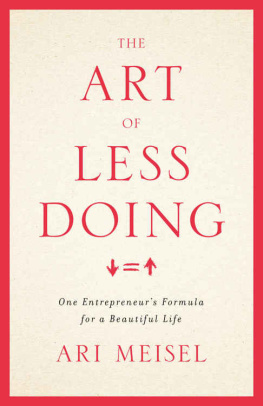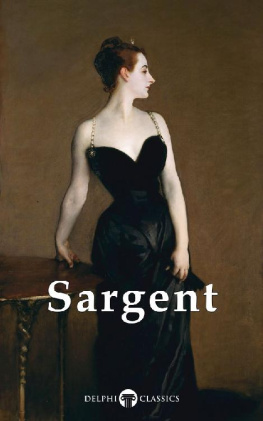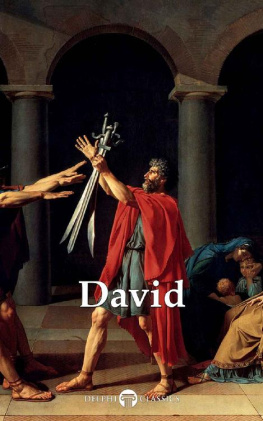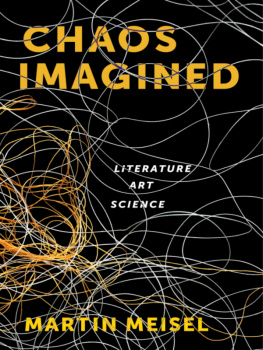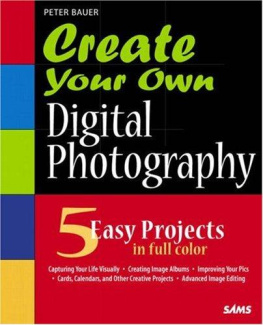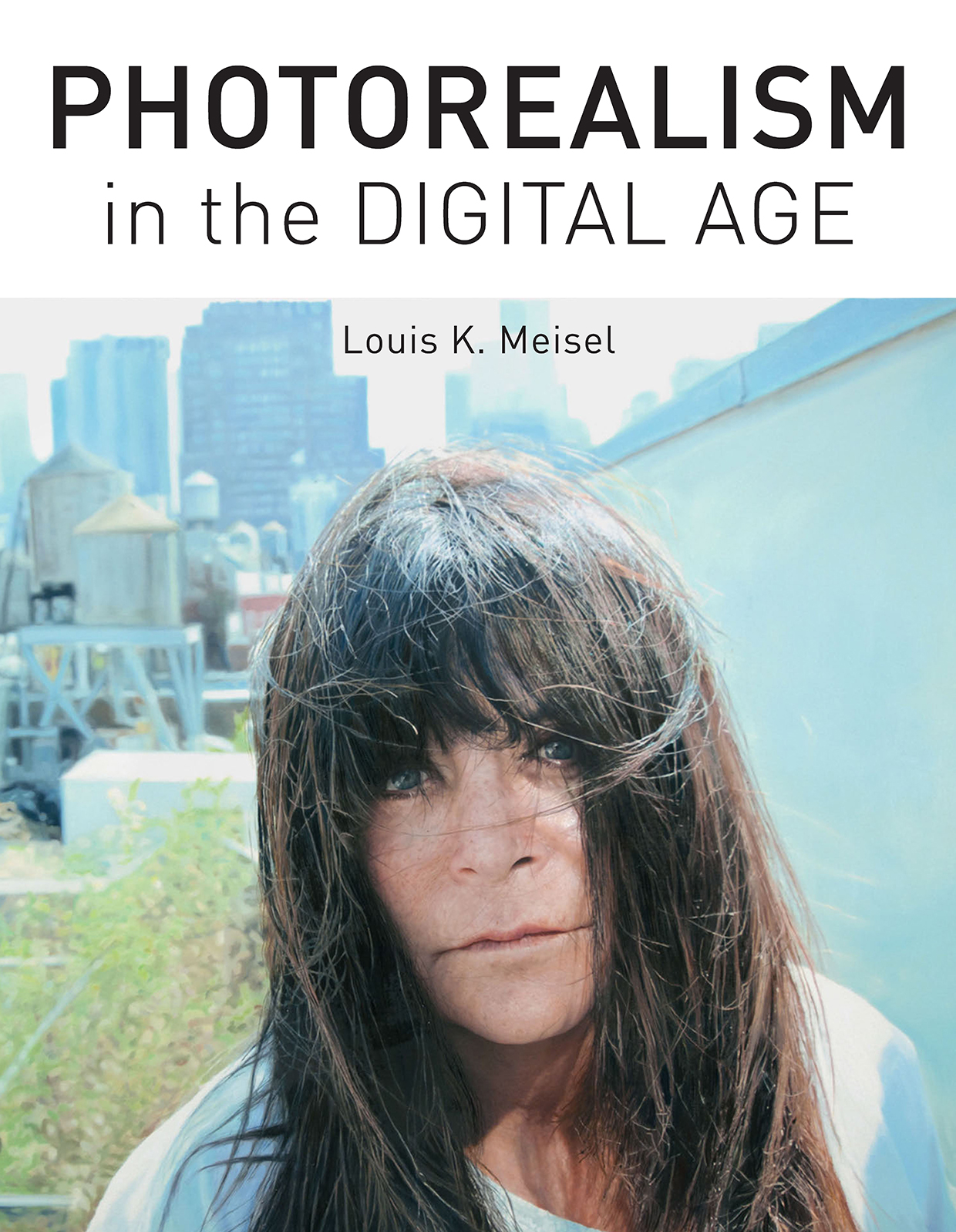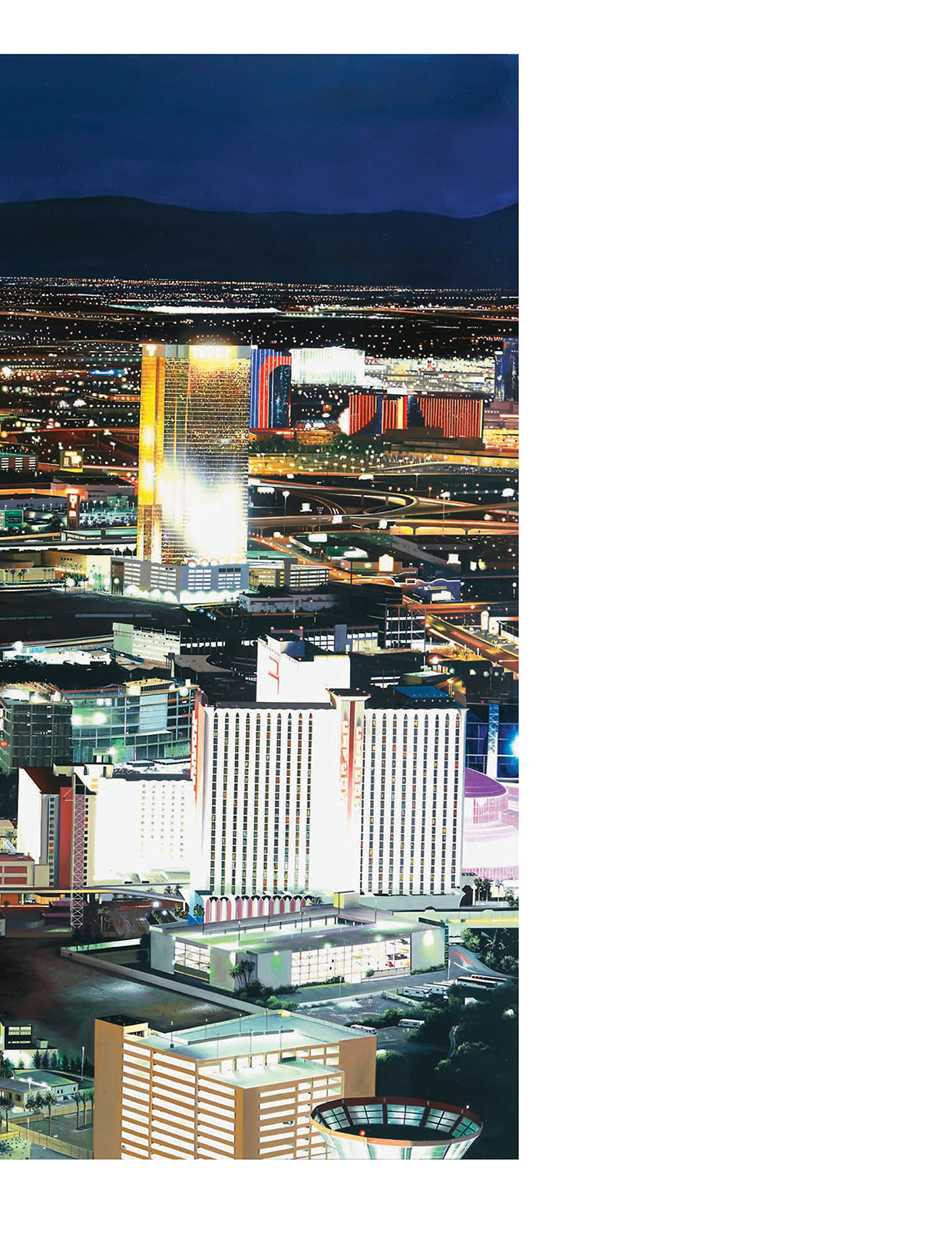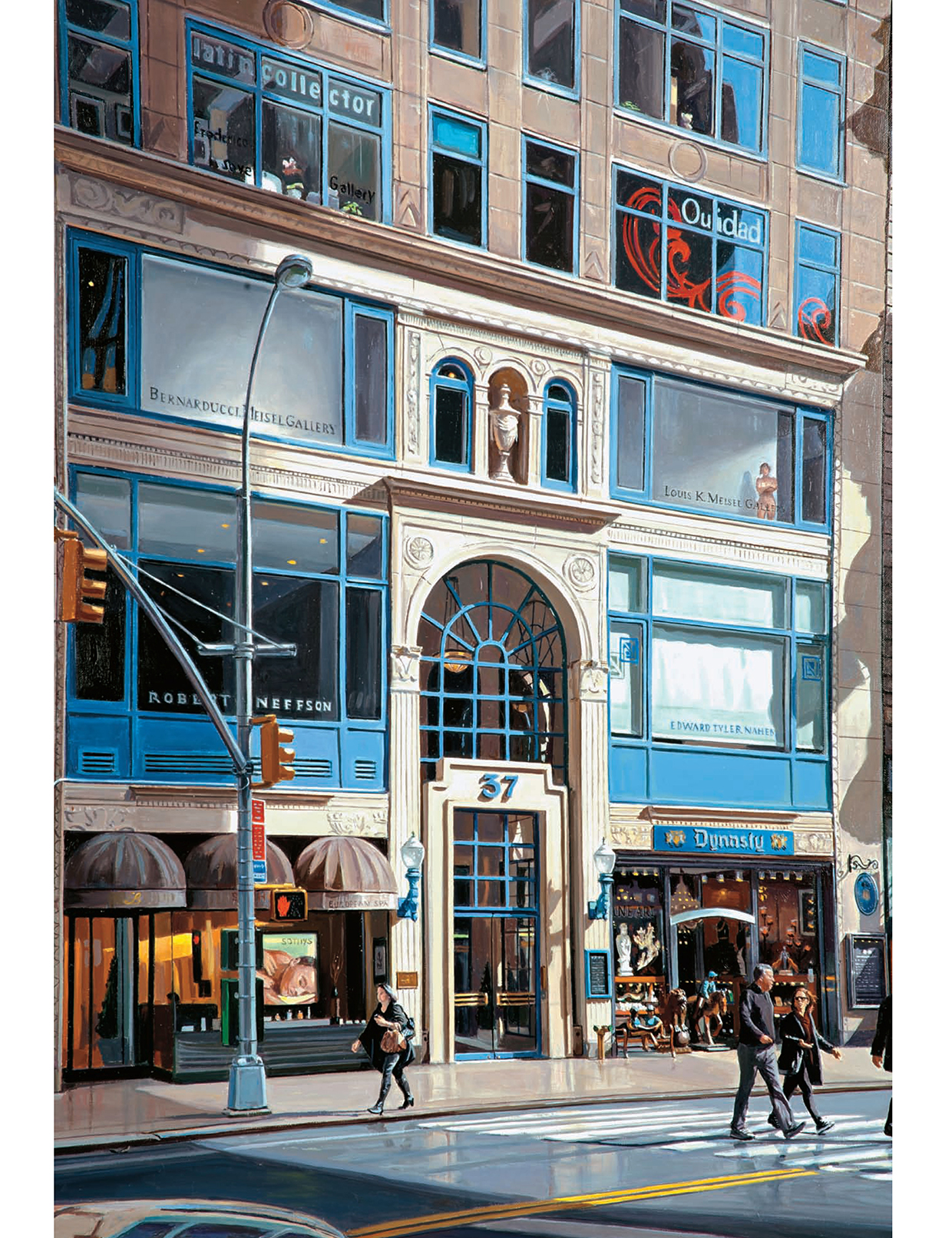
3:
Bertrand Meniel.
The City That Never Sleeps
. 2012. Acrylic on linen, 52 x 81"
5:
Anthony Brunelli.
View from the Fairmont (Monte Carlo)
. 2011. Oil on polyester canvas, 58 x 102"
7:
Don Jacot.
Times Square, 1937
. 2012. Oil on linen, 40 x 78"
9:
Raphaella Spence.
Vegas, 2011
. 2011. Oil on canvas, 35 x 47"
For my grandsonsBenjamin, Lucas, and Sebastien
Editor: Elisa Urbanelli
Designer: Rachel Willey
Production Manager: Anet Sirna-Bruder
Library of Congress Control Number: 2013935975
ISBN: 978-1-4197-0828-2
eISBN: 978-1-68335-555-7
Text copyright 2013 Louis K. Meisel
Published in 2013 by Abrams, an imprint of ABRAMS. All rights reserved. No portion of this book may be
reproduced, stored in a retrieval system, or transmitted in any form or by any means, mechanical, electronic,
photocopying, recording, or otherwise, without written permission from the publisher.
Abrams books are available at special discounts when purchased in quantity for premiums and promotions as
well as fundraising or educational use. Special editions can also be created to specification. For details, contact
specialsales@abramsbooks.com or the address below.
ABRAMS The Art of Books
195 Broadway, New York, NY 10007
abramsbooks.com
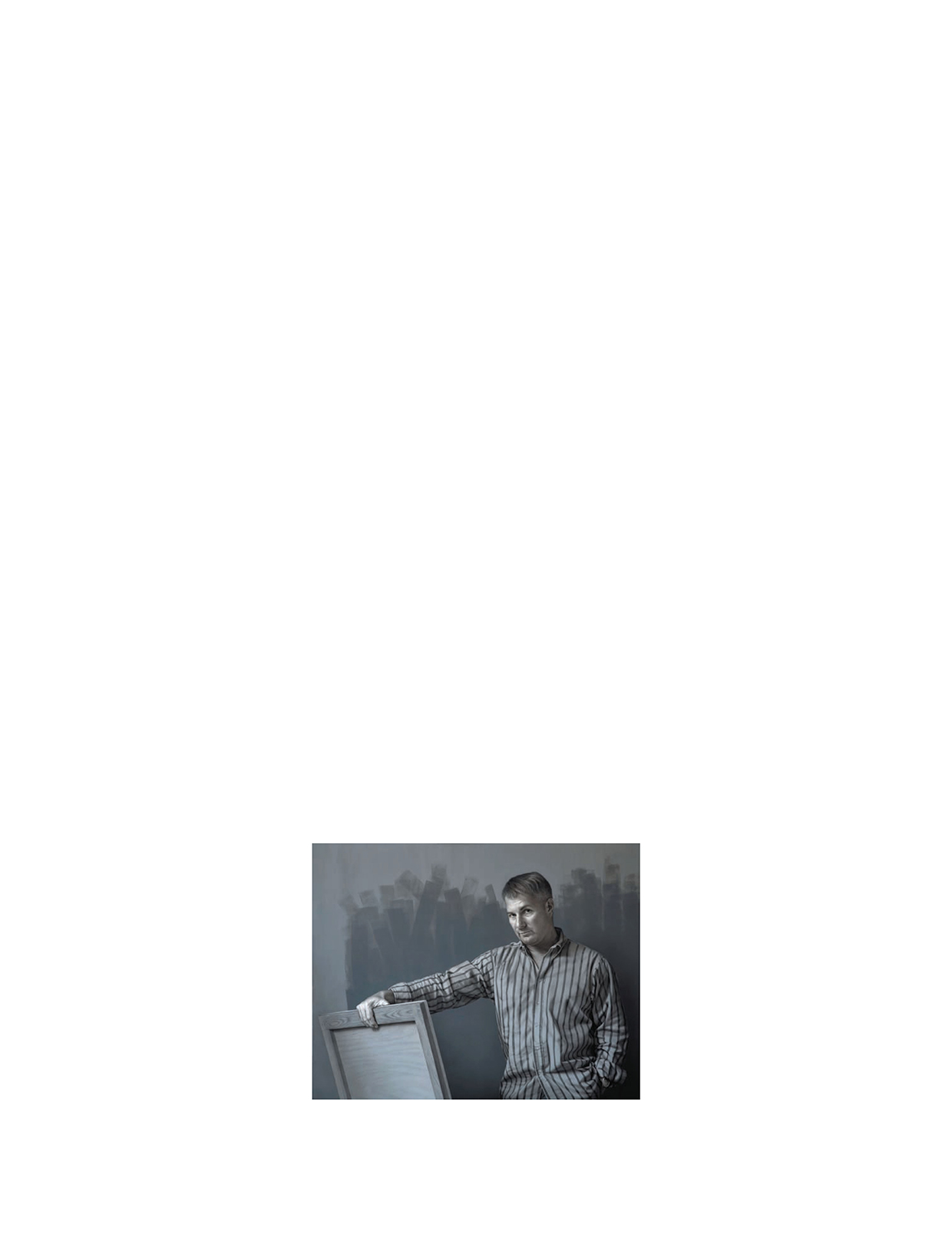
Foreword
FOREWORD: THE PHOTOREALISM SERIES
This book is the culmination of a monumental effort by Louis K. Meisel to chart the course of Photorealism from its beginnings
in the 1960s to the present day. The importance of this four-volume series cannot be overstated. Taken together, the books form
almost a catalogue raisonn of an entire genre and serve to solidify the movements contribution to the history of art. Museum
curators, auction houses, collectors, and dealers worldwide use these books constantly as reference and exhibition guides. Most art
museums and libraries count them among their holdings, and individuals interested in Photorealist painting own them and consult
them regularly. The first three books, now out of print, are collectors items, selling for high prices on the Internet and at book fairs.
These books are more than mere gallery catalogues. They present all artists deserving of inclusion regardless of nationality
or gallery representation, and they are an effort to accurately document the paintings of at least two generations of artists whose
output is very small. Whereas some contemporary and modern masters paint thousands of works of art in their lifetimes, the Photo-
realists works are so labor-intensive that ones entire oeuvre might contain only a couple hundred major paintings along with
some watercolors and drawings. Consequently, Photorealist paintings are quite rare and very much in demand, the early works in
particular. The documentation in these books serves to give comfort to collectors and museums as to provenance and authenticity.
Most of the Photorealists are self-taught in their chosen style. Some developed their skills working as graphic artists, as medical
illustrators, or even in the field of art restoration before becoming fine artists. Choosing this style of painting was a bold decision
in part because it is not encouraged in art schools. In fact, this art form has often been ignored by critics. Frankly, it is too difficult,
and few artists have the discipline and ability to pursue it. No one who enters our galleries ever says, My kid can do that. Many
of the younger artists presented in this volume were excited and influenced by the earlier books. Some began exploring methods
and techniques and developing their careers before ever seeing an actual Photorealist painting. They had only the previous books
to refer to.
Within the narrow Photorealist framework, each artists technique is ingeniously unique. What these artists have in common,
however, is a dedication to perfection. Yet they do not merely copy photographs of their own making. Instead they create in each
work a personal vision of the people, places, and things in our everyday lives. A subject that at first glance may seem unimportant
becomes iconic when presented by a true Photorealist. A ketchup bottle, a fire engine, a gumball, a candy cane, a street corner, a
dinerall take on new significance when depicted by a Photorealist painter. One hundred years from now these images will be
even more poignant, as one sees an Edward Hopper painting today. Each of these works, in its own way, is a document of society.
Photorealist paintings are powerful not only because they are technical masterpieces but also because they transcend the reality of


